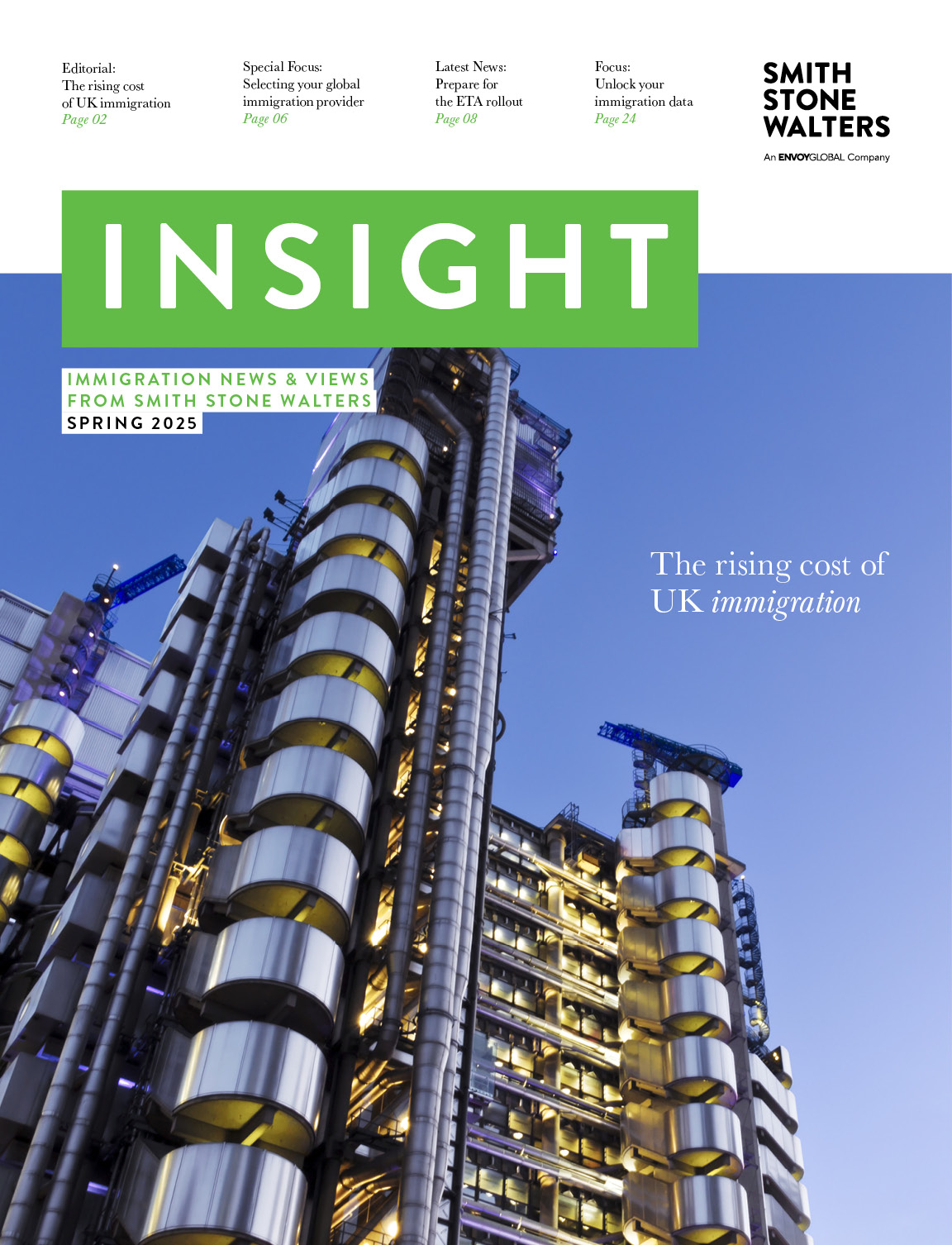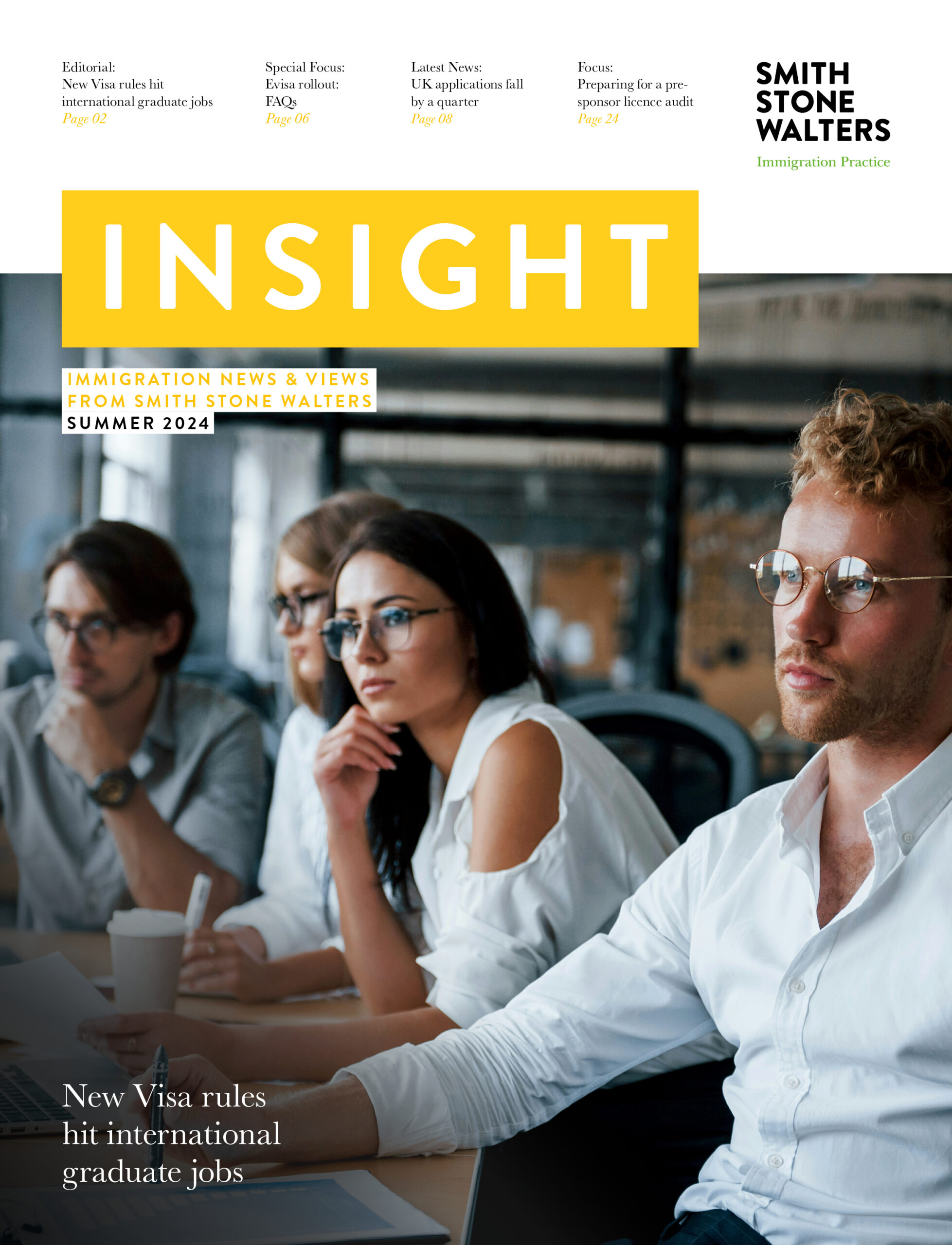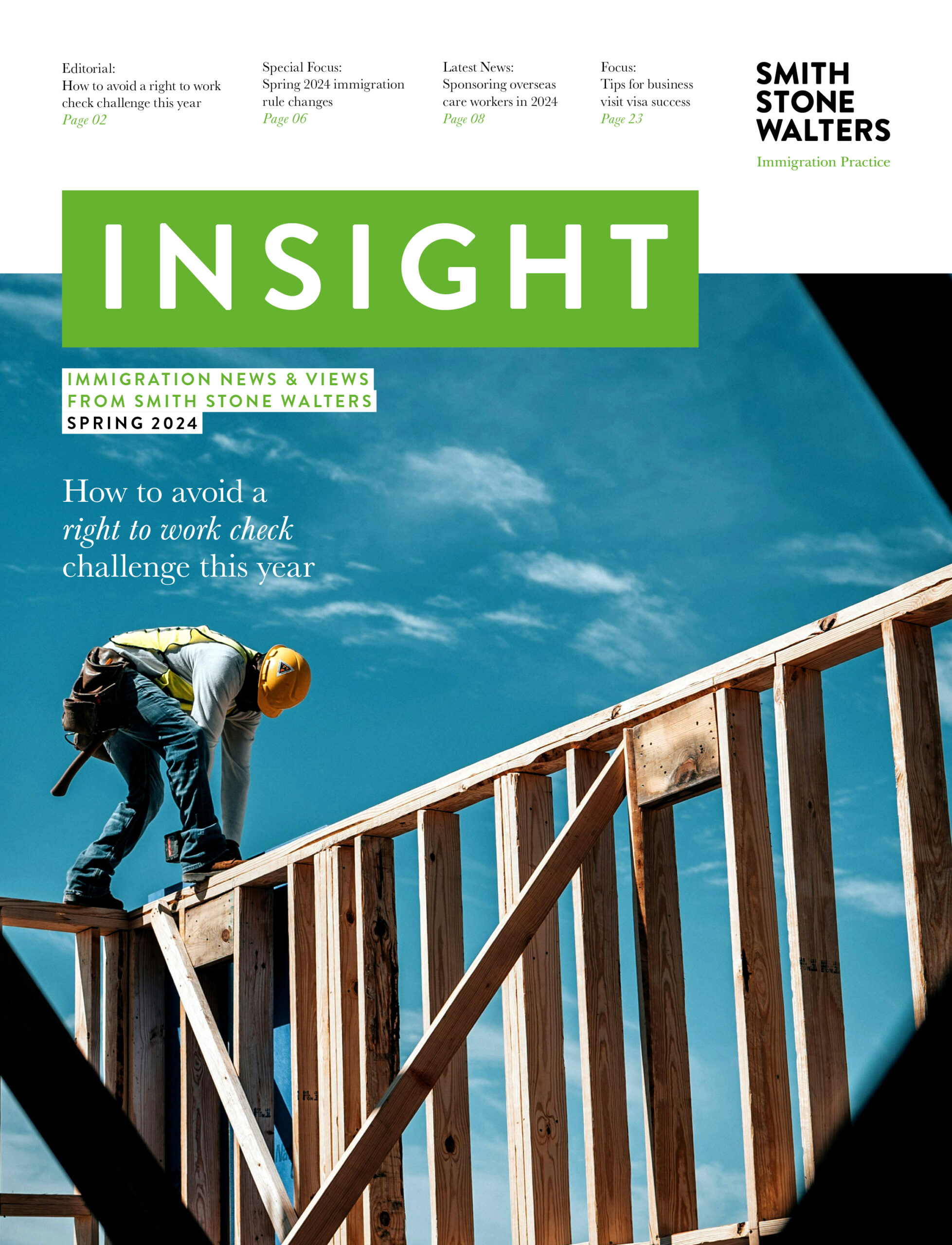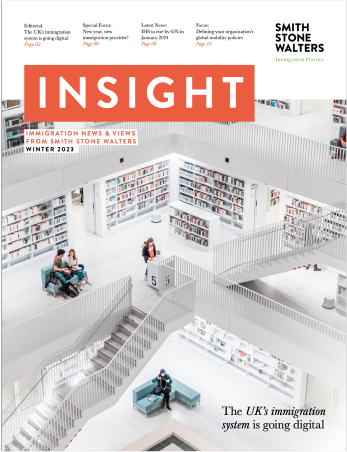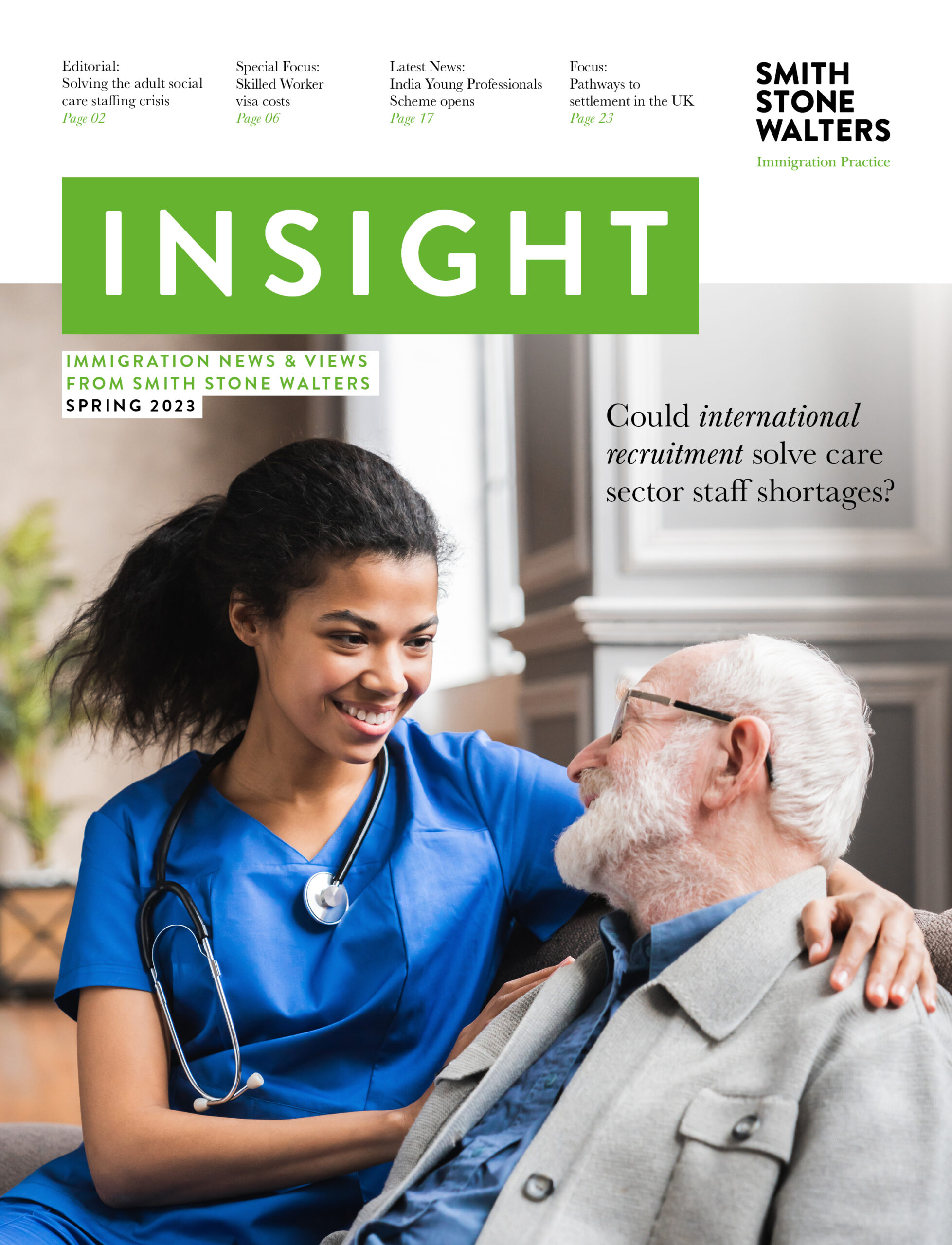What is the Home Secretary waiting for?
Back in July 2017, the Home Secretary, Amber Rudd, sent a letter to Professor Alan Manning, the Chair of the Migration Advisory Committee (MAC). She asked him and his team to examine the impact that immigration has had on the competitiveness of UK industry, and what effect the UK’s exit from the EU by 2019 will have on the labour market.
She also wants the MAC’s expert assessment on UK immigration since 2000, pinpointing any trends so that policy can be adapted to become ‘aligned with a modern industrial strategy’ for the future.
Some were surprised that the government waited nearly a year after the Brexit referendum result before it asked for this advice. In the months since, businesses have endured a period of uncertainty and inertia, without any clear direction about the recruitment and retention of EU workers.
Other major questions asked of the MAC (see the list below) include the effect that a ‘substantial’ reduction in EU migration will have on the economy and society.
The Home Secretary also wants to see detailed patterns of migration, based on factors like regional distribution, skills levels, whether migrants are self-employed, temporary or seasonal workers.
It’s tempting to suggest that this information should have been available long before the idea of the referendum was even mooted…
Prof Manning may produce an interim report, but he is not expected to publish his findings until September 2018. This will leave a scant six months before the end of March 2019, the date when Britain will leave the EU.
Any developments in Home Office policy as a result of the MAC’s proposals will also need to reflect what Rudd and the PM have called our future ‘deep and special’ partnership with the EU. But have they left themselves enough time and resources to do so?
What else the Home Office wants to know…
- What impact immigration has had on the skills, training and competitiveness of UK industry
- Whether the free availability of unskilled labour has contributed to the UK’s relatively low rate of investment in some sectors
- What advantages there are in having migrant labour across the entire skills spectrum, or whether the focus be on just highly skilled jobs
- Should the shortage occupation list include skills shortages at lower levels than NQF6
- What we can learn from the approaches taken by other countries


